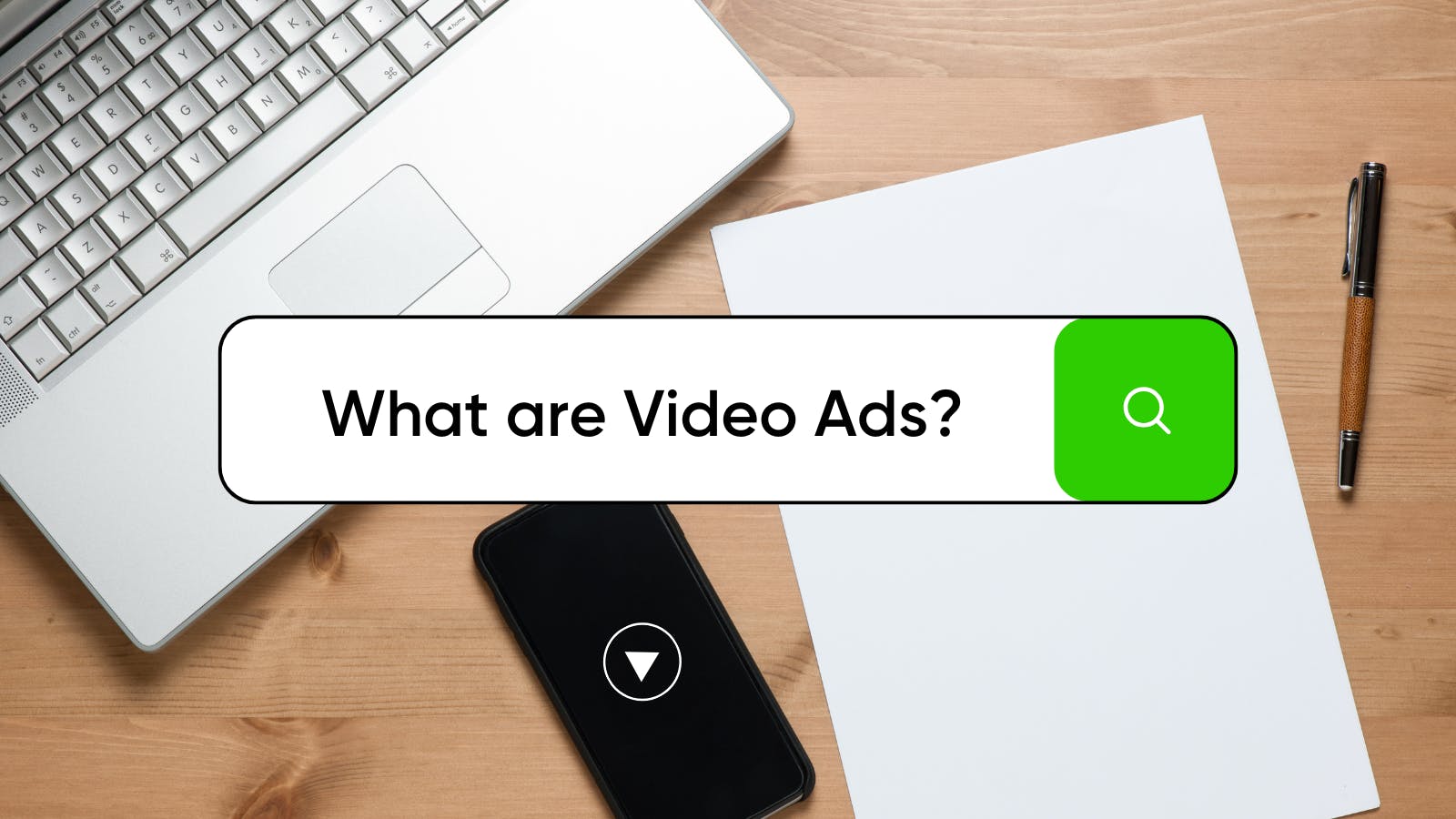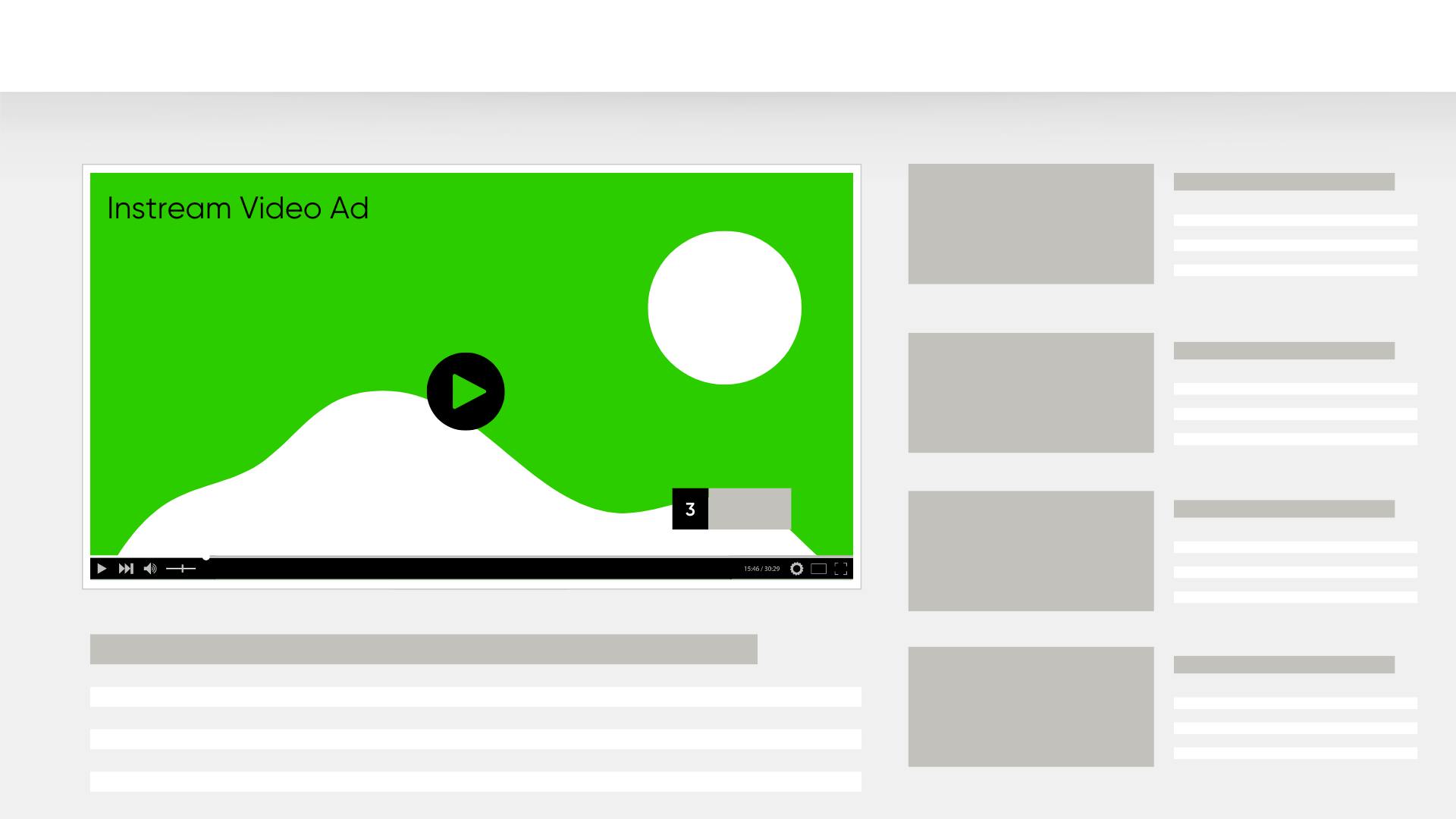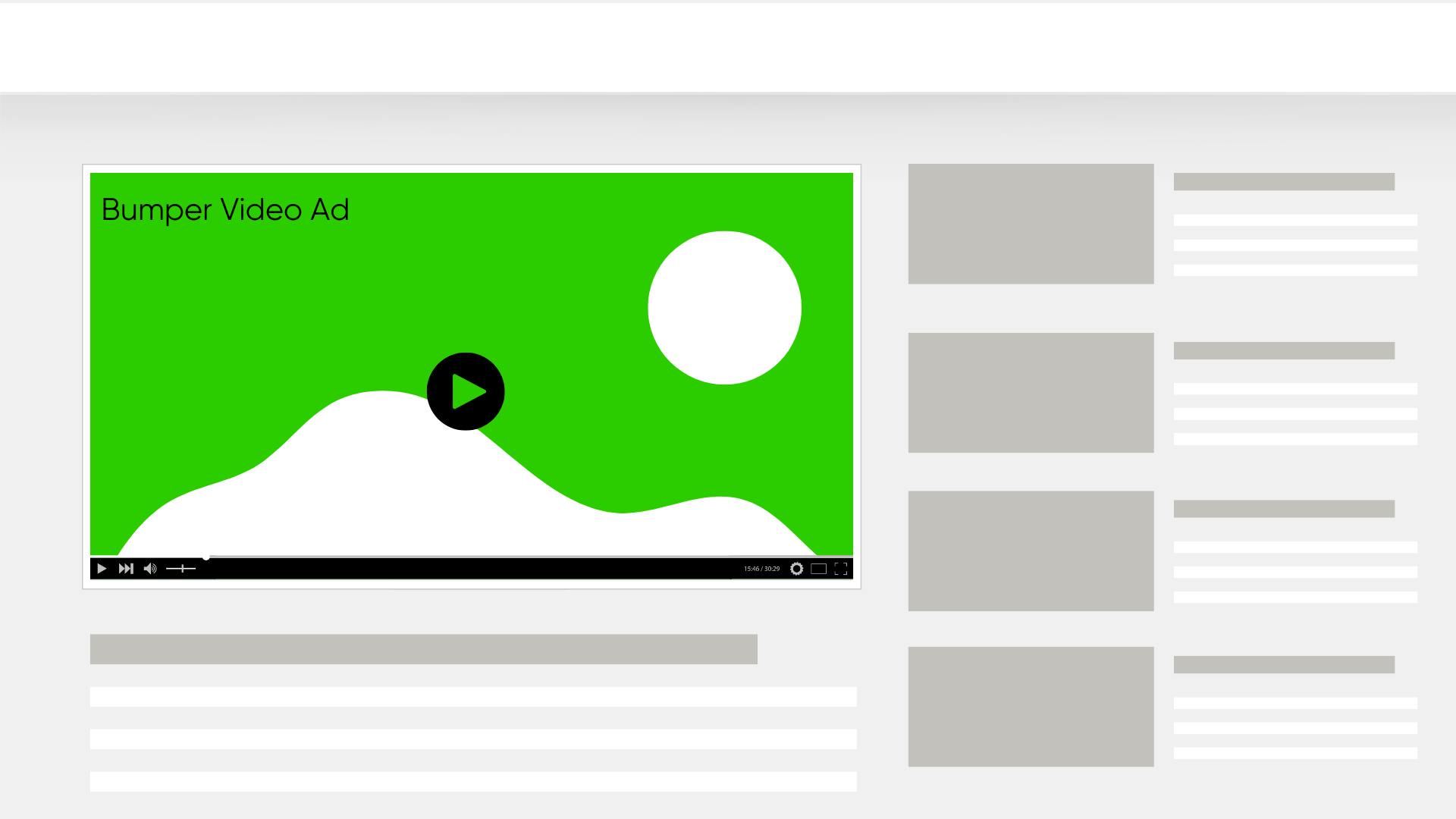What are Video Ads?
Video advertising has revolutionized the way brands engage with their audiences. With more businesses turning to platforms such as YouTube, Facebook, and Google, leveraging dynamic video content to connect with potential customers has never been more crucial.

Video advertising has become a game-changer for brands looking to engage their audience in meaningful ways. As businesses increasingly turn to platforms like YouTube, Facebook, and Google, the ability to connect with potential customers through dynamic video content is more important than ever. In this comprehensive guide, we will explore the ins and outs of video advertising, including its various formats, how it works, key performance indicators (KPIs) to track, and the ad tech platforms that serve video ads.
What is Video Advertising?
Video advertising involves using video content to promote products or services. Unlike static ads, video ads can convey a richer, more engaging narrative, capturing the attention of viewers and driving user engagement. These ads are available on multiple platforms, including YouTube, Facebook, Instagram, and even Amazon.
The versatility of video ads is a significant advantage; they can range from brief clips to longer presentations, making them adaptable to different marketing objectives. For example, a short, attention-grabbing ad can work well for brand awareness, while a longer format may be more effective for detailed product demonstrations or storytelling. Ultimately, video advertising can lead to higher conversion rates and increased brand awareness.
What are the Different Video Ad Formats?
Understanding the different video ad formats is crucial for creating effective advertising campaigns. Here are some of the most common formats you should consider:

Instream Ads: In-stream ads play before, during, or after a video. Users often have the option to skip these ads after a few seconds. This format is effective for brands aiming for high visibility and engagement, as viewers are often already invested in watching content.

Bumper Ads: These are short, non-skippable ads that last up to 6 seconds. Designed for quick messaging, bumper ads are ideal for promoting brand recall and delivering concise information.

Outstream Ads: Outstream ads are unique because they appear in text articles or on websites and start playing when in view. They are often silent and are particularly well-suited for mobile users who may not want to play sound. This format is effective for driving brand awareness without disrupting the user experience.

Sponsored Content: This format involves videos created by influencers or brands that seamlessly integrate products into engaging content. Sponsored content can be highly effective, as it leverages the existing audience of the content creator, building trust through familiarity.
How Does Video Advertising Work?
Video advertising works by delivering compelling content designed to encourage viewers to take action. Here’s a step-by-step breakdown of the process:
- Target Audience Selection: When creating an ad, you can choose your target audience based on demographics, interests, and behaviors. This targeting capability is a powerful tool that allows brands to reach the right people at the right time.
- Ad Creation: You can use various tools and software to create and edit your videos. Many platforms offer free resources to help you craft the best video ads, making it easier to produce high-quality content without significant investment.
- Ad Placement: Once your video ad is ready, it can be served across different platforms, such as YouTube and Facebook, depending on where your target audience is most active.
- Analytics and Optimizations: The variety of display ad formats allows brands to choose the type that best aligns with their marketing objectives. Whether it’s a video ad for product demonstrations or a rich media ad for interactive engagement, the options are plentiful.
By continually optimizing your video advertising strategy based on performance data, you can maximize your return on investment.
KPIs to Track When Measuring Video Ads
To evaluate the success of your video ads, consider the following KPIs:
- View Count: This metric indicates how many times your video ad has been viewed. A high view count suggests that your ad is successfully reaching a wide audience.
- Click-Through Rate (CTR): The CTR measures the percentage of viewers who clicked on your ad after watching it. A high CTR indicates that your content is compelling and encourages viewers to engage further.
- Completion Rate: This metric tracks the percentage of viewers who watched your ad in its entirety. A high completion rate often signifies that your content is engaging and holds the audience's attention.
- Engagement Rate: The engagement rate includes likes, shares, and comments, showing how well your content resonates with your audience. High engagement rates are a positive indicator of content effectiveness.
- Conversion Rate: The conversion rate measures the percentage of users who completed a desired action after watching the ad, such as making a purchase or signing up for a newsletter. This is a critical KPI for evaluating the overall effectiveness of your video ad campaigns.
Monitoring these KPIs helps you refine your video advertising strategy and maximize your return on investment.
What Ad Tech Platforms Serve Videos?
Several ad tech platforms are key players in serving video ads:
- Video Demand Side Partners (DSPs): DSPs allow advertisers to buy ad placements programmatically, optimizing their video ad spend by targeting specific audiences in real-time.
- Video Supply Side Platforms (SSPs): SSPs help publishers manage and sell their video inventory, ensuring maximum reach and revenue. They work in conjunction with DSPs to create a seamless advertising ecosystem.
- Video Ad Servers: These systems deliver video ads to users, managing the ad serving process and tracking performance. They ensure that ads are displayed correctly across various platforms.
- Video Ad Networks: These ad networks connect advertisers with publishers, helping to distribute video ads across different websites and platforms. They play a crucial role in maximizing reach and visibility.
Conclusion
Video advertising is a powerful tool for brands looking to enhance their marketing strategies. By understanding the various formats, metrics, and platforms, you can create engaging video ads that resonate with your audience.
With its ability to convey messages effectively and drive user engagement, video advertising can lead to significant improvements in conversion rates and overall brand awareness.
Are you ready to take your video advertising to the next level? Contact the Aditude team today to learn how we can help you create impactful video campaigns that drive results! With our expertise and innovative solutions, we’ll ensure your brand stands out in the competitive digital landscape.




